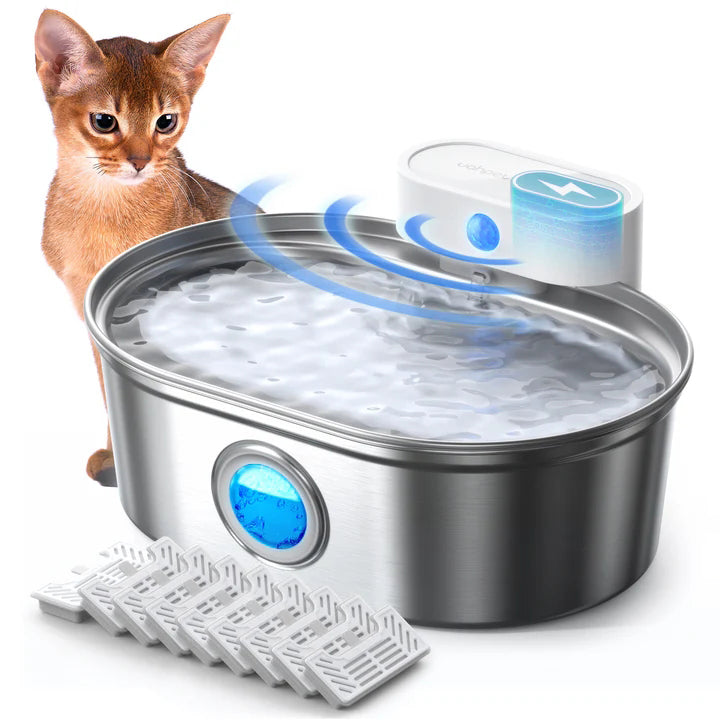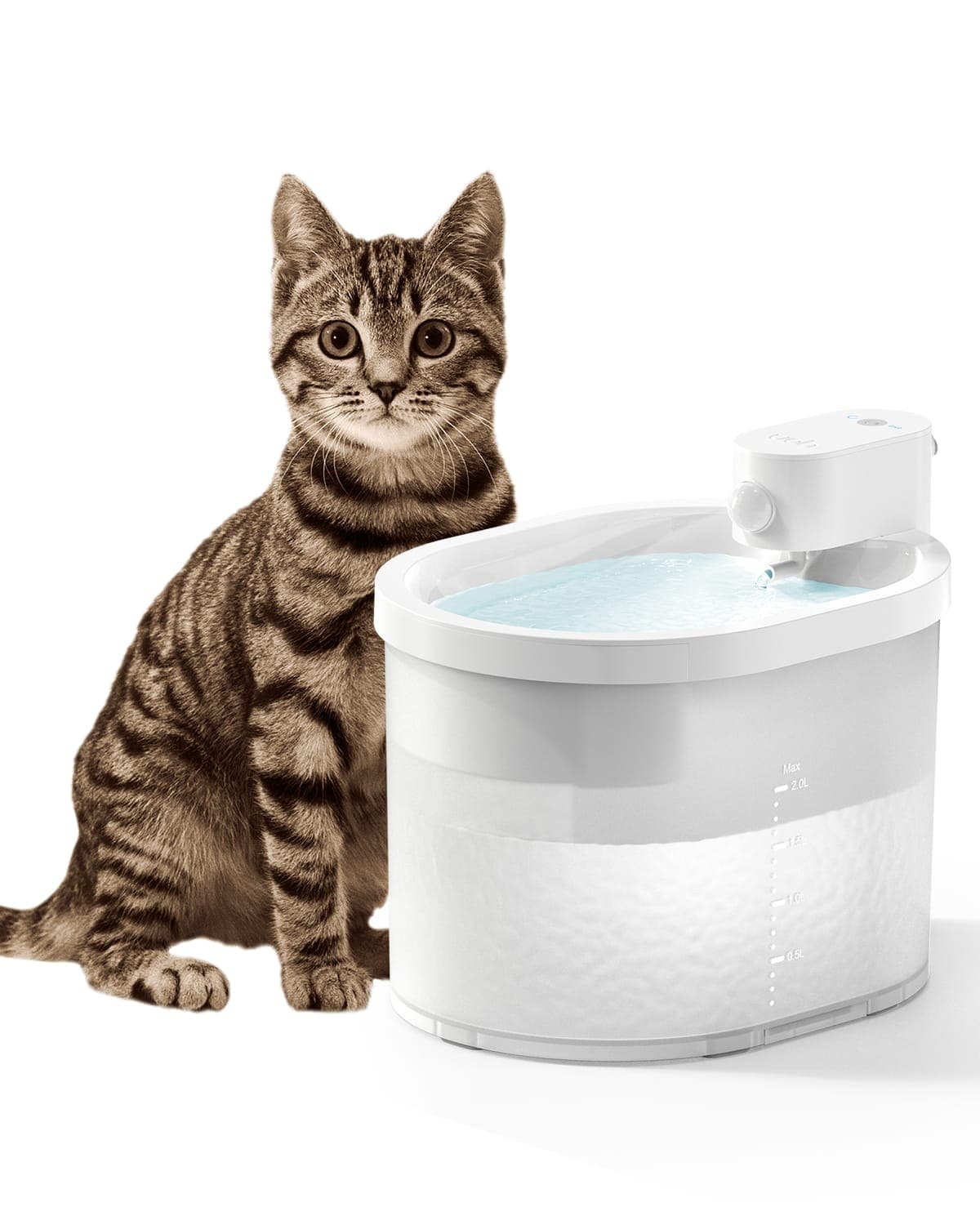When it comes to cat care, one of the most debated topics is whether or not to give your cat a bath. Cats are famously fastidious creatures, spending a significant portion of their day grooming themselves. But there are times when a bath might be necessary. This article will guide you through the ins and outs of feline hygiene, helping you make an informed decision.
Why Cats Groom Themselves
Cats are natural groomers. Their tongues are equipped with tiny, hook-like structures called papillae, which act like a built-in brush. This allows them to remove dirt, loose fur, and parasites from their coats. Grooming also helps distribute natural oils across their skin, keeping their fur shiny and healthy. For most cats, this self-grooming is sufficient to maintain cleanliness.
When a Bath Might Be Necessary
While cats are generally self-sufficient when it comes to grooming, there are certain situations where a bath might be necessary. For example, if your cat has gotten into something sticky or toxic, such as paint or chemicals, a bath is essential to remove the substance and prevent ingestion. Similarly, if your cat has a skin condition that requires medicated shampoo, your veterinarian may recommend regular baths.
Another scenario where a bath might be needed is if your cat is elderly or overweight and unable to groom themselves effectively. In these cases, a bath can help prevent matting and skin infections. Additionally, some long-haired breeds may require occasional baths to keep their coats in top condition.
How to Bathe Your Cat Safely
If you've determined that your cat needs a bath, it's important to approach the process with care. Cats are not naturally fond of water, and forcing them into a bath can be stressful for both you and your pet. Here are some tips to make the experience as smooth as possible:
- Prepare in Advance: Gather all the necessary supplies, including cat-friendly shampoo, a towel, and a non-slip mat for the sink or tub. Make sure the water is lukewarm, as water that is too hot or too cold can be uncomfortable for your cat.
- Introduce Your Cat to Water Gradually: Start by letting your cat explore the bathroom and the water source. You can use a cup or a handheld showerhead to wet your cat gently, avoiding the face and ears.
- Use Cat-Specific Shampoo: Never use human shampoo on your cat, as it can be too harsh for their skin. Look for a shampoo specifically formulated for cats, and follow the instructions carefully.
- Be Gentle and Calm: Speak to your cat in a soothing voice and move slowly to avoid startling them. If your cat becomes too stressed, it's okay to stop and try again later.
- Dry Your Cat Thoroughly: After the bath, wrap your cat in a towel and gently pat them dry. You can also use a hairdryer on a low, cool setting if your cat is comfortable with it.
Alternatives to Bathing
If your cat is particularly resistant to baths, there are alternative methods to keep them clean. One option is to use cat wipes, which are specially designed to clean your cat's fur without the need for water. These wipes can be particularly useful for spot cleaning or for cats who are unable to groom themselves effectively.
Another alternative is dry shampoo for cats. This product comes in a powder or spray form and can be applied directly to your cat's fur. It helps absorb excess oil and dirt, leaving your cat's coat looking fresh and clean. However, it's important to choose a product that is specifically designed for cats, as some dry shampoos for dogs or humans may contain ingredients that are harmful to felines.
Understanding Your Cat's Needs
Ultimately, the decision to give your cat a bath should be based on their individual needs and preferences. While some cats may tolerate or even enjoy baths, others may find the experience highly stressful. It's important to observe your cat's behavior and consult with your veterinarian if you're unsure whether a bath is necessary.
Remember, maintaining your cat's overall health and well-being is the most important goal. Regular grooming, whether through self-grooming, baths, or alternative methods, can help keep your cat's coat and skin in good condition. By understanding your cat's needs and taking a gentle, patient approach, you can ensure that your feline friend stays clean and happy.
So, should you give your cat a bath? The answer depends on your cat's specific circumstances. With the right preparation and approach, you can make bath time a positive experience for both you and your furry companion. Keep these tips in mind, and you'll be well-equipped to handle your cat's grooming needs with confidence.













